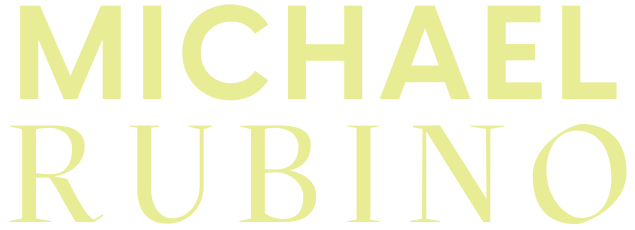Homeowners often think a clean, freshly painted home means no mold risk—but Brantley May, owner of EnviroHealth, says otherwise. In this episode, Brantley and Michael Rubino dive deep into building science to uncover how hidden design flaws, poor ventilation, and HVAC mistakes lead to moisture, mold, and air quality problems.
They break down:
- Spray foam vs. vented attics — real pros & cons
- Why your home’s tightness can help or hurt air quality
- How to design a healthy ventilation system for any climate
- Common HVAC mistakes and how to avoid them
- Tips for retrofits vs. new construction
Whether you’re building, renovating, or troubleshooting, this conversation will change how you think about your home’s health.
Highlights:
00:00 — Intro to Brantley May & building forensics
01:20 — Common moisture issues in different climates
03:44 — Hidden mold in “clean” homes
07:14 — Spray foam attic pros & cons explained
12:44 — Why most spray foam attics fail in humid climates
15:44 — Chemical off-gassing & ROI concerns
17:50 — Tight homes & ventilation needs
22:34 — Ideal ACH & fresh air intake strategies
28:31 — Why ERVs don’t work well in humid climates
31:33 — Vented attic pros
36:07 — Vented attic cons & condensation risks
40:19 — Retrofits vs. new builds: where to start
43:24 — The soffit-blocking insulation mistake
47:17 — Common HVAC system failures
49:39 — Why proper sizing is critical for humidity control
53:04 — Duct balancing & pressure issues
55:14 — Why most HVAC techs don’t address air quality
57:45 — How to work with Brantley

